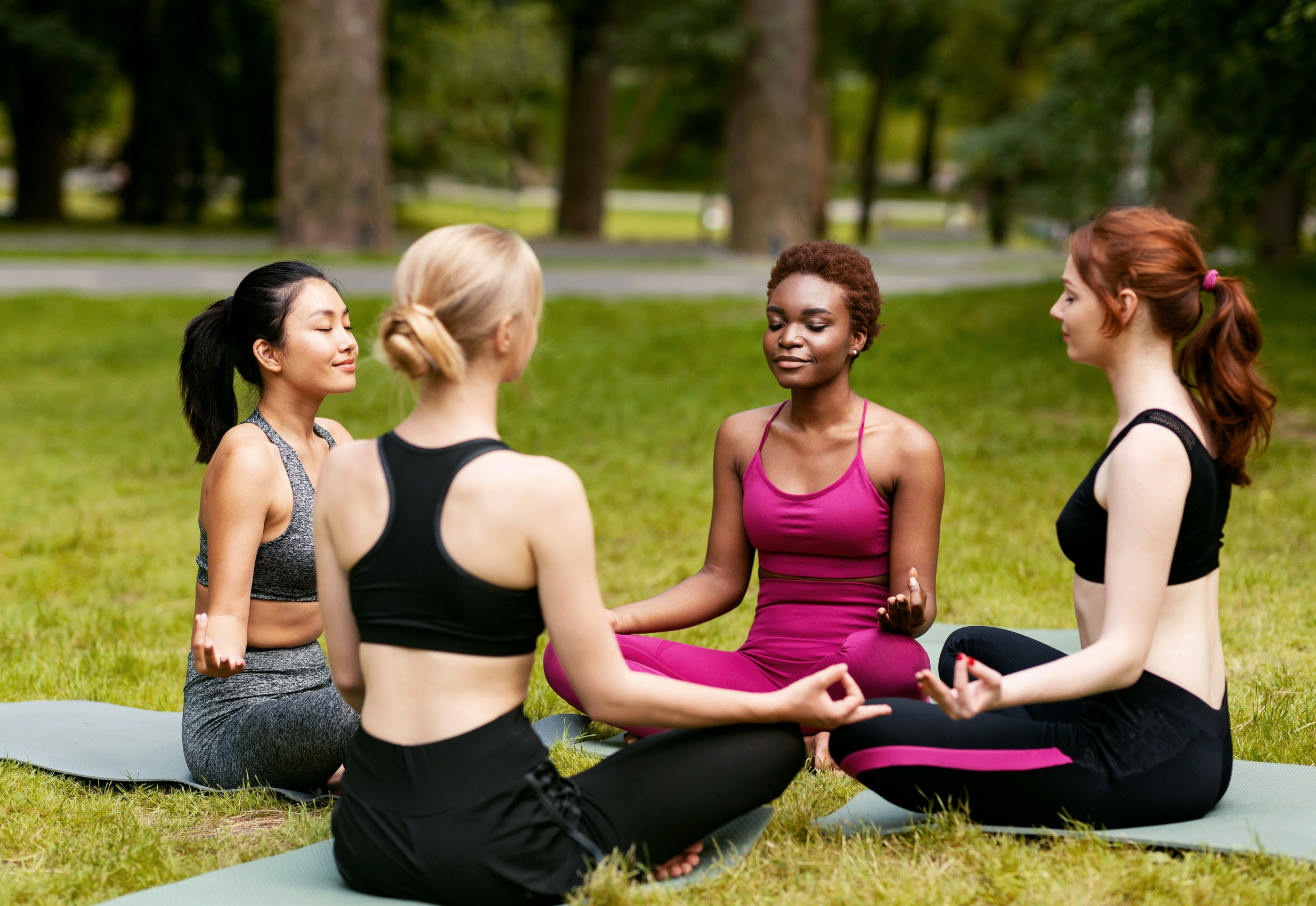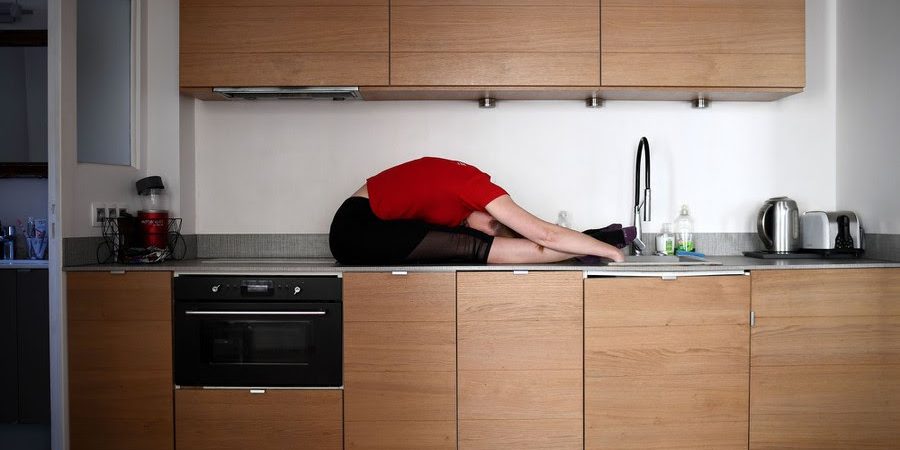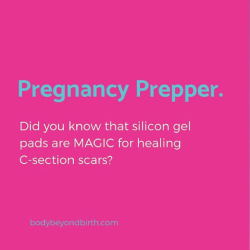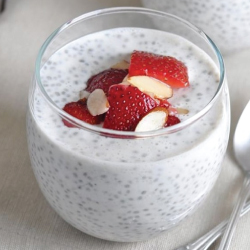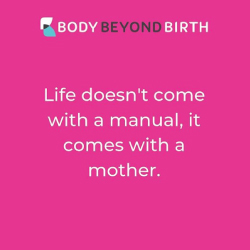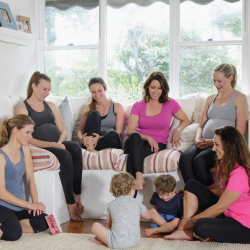Women’s health programs and dietary information run around the internet, women’s magazines and especially social media. It can be difficult making an informed choice about what program is the right one for you.

Let’s be frank here. Body Beyond Birth is an exercise program with healthy recipes attached to it. We could spend the next 1000 words trying to segue into why Body Beyond Birth is your best option when it comes to women’s health programs on the market.
But we’re not going to because we don’t believe that pushing you to choose one program over the other is fair. We’re creating a safe space as two Pilates instructors, one of whom is a degree qualified physiotherapist, to give you room to breathe.
Let’s have a frank and open discussion about how to choose the right women’s health program for you
It’s a good match for your body
As a post-pregnancy exercise specialist in physiotherapy, Becky sees an awful lot of different bodies in varying degree of health and fitness. The same is true of many of her fellow physios. You see people that are injured through over-use such as sport and work. You can see the signs of ageing. A lack of fitness can play a part. So too can pre-existing conditions, and yes, impacts such as pregnancy.
One of the biggest issues with exercise programs can be they are not individually tailored. This might be a catch-cry on the label, but it might not always be the case. There is more to your fitness level than the last time you exercised or basic BMI.
A couple of things you need to consider with any exercise program include:
- Your current level of fitness
- Any disabilities – especially ones that impede and/or influence movement
- Any current or pre-existing injuries- this is especially true for areas such as shoulder, back, joints and hips where re-injury can occur
- Any treatments for disease or ailments – e.g. if you are undergoing treatment for cancer, you should consult with your cancer support team prior to undertaking exercise
- Any surgical recovery – if you’ve had any kind of operation, seek advise from the doctor or specialist before attempting any exercise program
- Birth and pregnancy impacts – again, you may need clearance from your birthing team, GP or a consulting medical specialist that can see you in person first
- Your bone health and density – this is especially true of women with conditions or treatments that may influence bone integrity and strength
- Issues with blood pressure, heart rhythm, a history of fainting, a propensity for migraine and anything related to increased pressure on the heart or circulatory system
- Previous histories with asthma and/or anything that may influence lung function
- Mental health – this again would be something to discuss with a GP, mental health support team or consulting psychologist
This is by no means an exhaustive list. The main aim is to review your body, health and any treatments received. Then choose an appropriate program to match your current fitness level, what is realistically achievable and works to create a sustainable change.
Every woman and her health needs are different. That’s why it’s important to pick a women’s health program that reflects this.
It should be sustainable
Change in health and fitness should be measured in wellness, not in metrics about kilos dropped or external goals. One of the biggest red flags for a women’s health program is that it addresses sensational claims of outcomes. Lose that, tone this, be a new woman in 8 weeks. These are the hooks that get us lining up for the program. But they aren’t what you need.
Wellness is not about extreme conditions. It’s not about single focus diets, running yourself ragged or losing half your body weight in the time it takes you to pick up the kids. Real change, sustainable change, takes time. Wellness has been co-opted into being something that means going super green, super lean and on watch about chemicals. What was meant by the early pioneers of the movement was that illness was the opposite of wellness. So instead of treating illness as the central focus of medicine and health, why not aim for the anti-thesis in wellness instead?
When you choose to change how you move, your diet and how you exercise, there’s a lot more that goes into it than the exercise program you choose. It might involve unpacking your childhood eating habits. Or it could mean facing habits introduced by partner, friends and even yourself that aren’t healthy.
You may have to face off with a sedentary working life and face challenges about movement from our desk enamoured culture. It may be a process of looking at the body image you had as a teenager and facing a lot of painful memories, ideas and even disorders.
Making a change to wellness is no easy task. It’s about changing a mindset as much as it is about following a health guide or exercise plan.
That takes proper support and negotiation.
Not every day will be a goal kicker. If you don’t understand why you are performing the exercises and changing your foods, maybe it won’t stick after the program ends.
Sustainable change is about:
- Understanding why you are making the food and exercises choices laid out in the program
- Applying them to your own goals and logic
- Changing the way you view your relationship with your body, movement and food
- Applying the idea of overall health to the choices you make
- Promoting a sense of moving forward and supporting your emotional needs
The classic example of breaking a bad habit is the decision to stop smoking. People choose to stop smoking for all kinds of motivations. It might be the kids, money, improving fitness for new sports challenges and so on. Or it might be a health scare, a family history or a negative event that shocks. These are the catalyst. But the decision to stop smoking comes from within. The others are the motivational by-product.
Exercise plans and women’s health programs have the same sort of essence. You need to be ready for the change. And you need to be able to apply the motivation and techniques to staying the course to your goals once the supports fade away. It should teach you the tools to keep the healthy fires burning while giving you the power and direction to sustain change.
It works with your lifestyle
Think of all the things you have in your life that require attention and emotional labour. Children, partner, parents, extended family, friends, siblings, work colleagues, neighbours, your children’s friends, their parents, school communities, the church you belong to, the community group you support, the charity you volunteer for, the pets you look after, the sports association, your partner’s friends and work colleagues, the customers you look after at work, the side hustle that needs attention- all the people and demands that are placed on women are enormous.
We’re in service to people the minute we wake up and it does not stop until the last person goes to bed.
Women do most of the housework, cooking and childcare. We also find ourselves often pitching in to help save the world, the latest last-minute bit of homework, the tree at the end of the street and 17 kinds of things to make our children’s lives better in the future.
This emotional labour is expended on days, weeks and months with barely any end.
The last thing we need are exercise regimes and diets that also demand any slice of an already exhausted brain.
If you find your women’s health program has cult-like feelings where everyone must be joined at the hip, this probably won’t help you. If you find you feel like a salmon fishing upstream, you may be moving from feeling the burn to burning out. If the program demands you constantly feel guilty about things falling to the wayside and too many demands, how healthy is that long term?
The exercise and movement to wellness is meant to feel like it is your time. It’s self-care and a release of endorphins. It’s an excuse to fit your mask and put you first. It’s about knowing your body, being in control of your leisure time – and building on health and resilience so you can keep pace with a busy lifestyle.
Want to find the right women’s health program for you?
You are more than welcome to contact Body Beyond Birth and receive individual advice on which program and even if our program suits your needs. And, a plan for where you may need to go for confirmation that it is the right choice for you.
We want all our members to reach their health and fitness goals. This includes remaining injury-free and feeling in control of your journey.
It’s in our vested interest to have women that want the program we give to work. We’re only as good as our happy clients. Plus, we believe in what we do.

